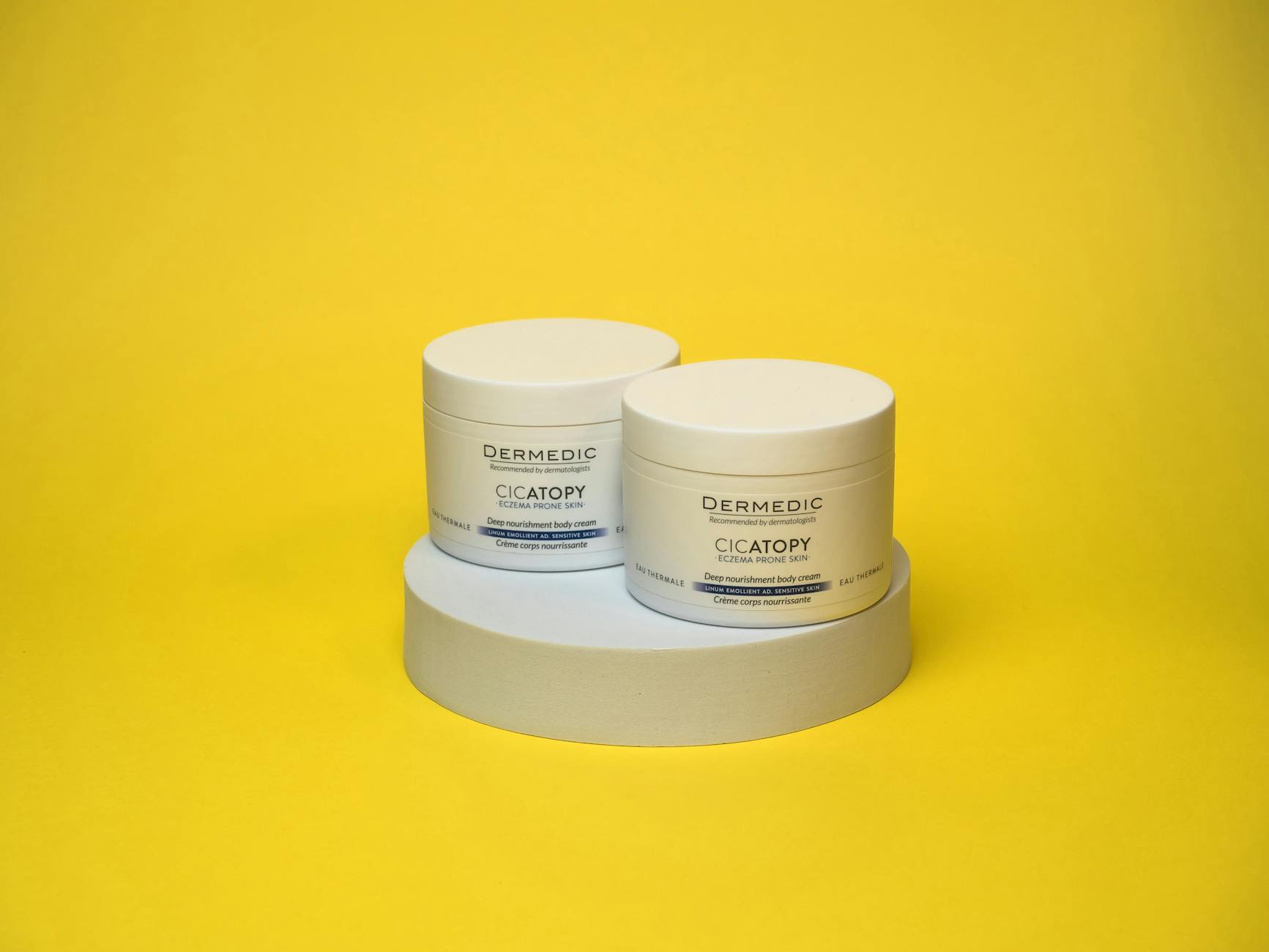How to Protect Australia's Reefs While Staying Sun-Safe

Why Protect Our Reefs
Spending time at iconic locations like Main Beach in Byron Bay isn’t just about enjoying the sun, sand, and surf; it’s also about fostering a deeper connection with the natural world around us. The vibrant underwater ecosystems here, from colourful coral reefs to myriad marine creatures, are facing increasing threats today. Ocean lovers and sustainable travellers, like myself, are becoming more conscious of the impact that certain sunscreen products can have on these vital underwater habitats.
Sunscreens are often necessary for offering protection against harmful UV rays, but many conventional formulas contain chemicals that can harm our precious reefs. This is where choosing natural sunscreen becomes crucial. These eco-friendly alternatives reduce the risk of bleaching corals and disrupting marine life, and they serve as an effective way to keep you protected under the sun.
As you sip a freshly brewed coffee at Byron Farmers Market or explore the trails around Cape Byron Lighthouse, small yet significant choices like opting for natural sunscreens can have a big impact.
Incorporating sustainable travel tips into our adventures is about making informed decisions that aid in preserving the breathtaking environments we cherish. By opting for natural, reef-safe products, we can help ensure that our reefs remain healthy and thriving for future generations to explore and appreciate.
Choosing Reef-Friendly Sunscreens
When it comes to protecting both your skin and the environment, choosing the right sunscreen is crucial. Many sunscreens on the market contain harmful chemicals that can damage marine life and coral reefs. As a sustainable travel enthusiast, I've come to appreciate the value of selecting sunscreens that are not only effective but also safe for our oceans. On your next visit to the serene Main Beach in Byron Bay, consider these important tips for choosing reef-friendly sunscreens.
First, be mindful of the ingredients. Avoid sunscreens that contain oxybenzone and octinoxate, as these are known to contribute to coral bleaching. Instead, opt for natural, mineral-based formulas with active ingredients like zinc oxide or titanium dioxide. These minerals provide broad-spectrum protection without harming the delicate marine ecosystem.
Next, look for certifications and labels that indicate eco-friendliness. Products bearing symbols like the EcoCert or COSMOS-standard demonstrate a commitment to environmental safety. These labels ensure that the sunscreen you’re using adheres to rigorous guidelines, giving you peace of mind as you enjoy the sun's rays.
For families, particularly those with young children, choosing a baby sunscreen that's both gentle on the skin and kind to the ocean is essential. They often come in tear-free formulations, reducing irritation while maintaining environmental consciousness. As travelers who care deeply for our planet, it's our responsibility to make choices that preserve natural wonders for future generations.
Staying Sun-Safe Outdoors
Protective Clothing Options
When planning to spend time outdoors, I often start by choosing the right clothing. A wide-brimmed hat and lightweight, long-sleeved shirts are essential parts of my sun-safe ensemble. These items not only provide substantial physical protection from UV rays, but they also allow my skin to breathe, making them ideal for those sunny afternoons at Main Beach in Byron Bay. Opting for eco-friendly fabrics, like organic cotton or bamboo, supports sustainable practices while keeping you stylishly protected.
Shade and Shelter Tips
Finding or creating shade is crucial in staying sun-safe outdoors. Whether it’s setting up a beach umbrella or seeking natural shade under a tree, these options are lifesavers during peak UV times. Portable sun shelters can offer additional protection, especially for group outings or family picnics. I find investing in a good quality tent quite beneficial for all-day beach adventures, ensuring that I’m not only staying protected but also comfortable.
Timing Outdoor Activities
Adjusting the timing of outdoor activities helps avoid the strongest sun hours, typically between 10 a.m. and 2 p.m. Scheduling activities in the early morning or later in the afternoon reduces sun exposure significantly and provides a more pleasant experience when temperatures cool down. Always applying a reef safe sunscreen adds an extra layer of protection, safeguarding not just my skin but also the vibrant marine ecosystem surrounding Cape Byron Lighthouse.
Educating Young Minds
Fun Sun Safety Activities
Engaging kids in fun sun safety activities is a fantastic way to blend learning with play, ensuring they understand the importance of protecting their skin. An interactive approach might involve setting up a "Sun Safety Station" with colourful visuals, such as UV-sensitive beads that change colour in the sun. This hands-on activity helps demonstrate the effects of the sun's rays in a tangible way. Encouraging children to reapply kids sunscreen on their arms during outdoor play reinforces the habit of regular application. Hosting an art session where kids design their own sun hats can also be an exciting way to instill sun safety principles.
Discussing Environmental Impact
Incorporating discussions about the environment into your routine can deepen children's understanding of their role in ecosystem preservation. Using visuals like sea turtle figures or coral images, explain how certain sunscreens can harm marine life. Highlight the importance of choosing products that are safe for the ocean, using simple language suitable for young minds. This discussion can serve as a perfect precursor to outdoor excursions, such as trips to local nature spots.
Creating Classroom Projects
Classroom projects can be an excellent avenue for fostering creativity and engagement. Initiate a project where kids create informative posters on sun safety and display them around the school. Collaborate with local communities or participate in events like the Byron Farmers Market to introduce students to sustainable practices beyond the classroom. Through these activities, children not only learn responsibility but also cultivate a consciousness about the world they live in.
Avoiding Common Sun Care Mistakes
Misinterpreting Labels
Wandering through the vibrant stalls of Byron Farmers Market, I've often heard fellow eco-conscious travellers share the challenge of decoding sun care labels. Misinterpreting ingredient lists is a common pitfall when searching for natural sunscreen Australia. Not all brands committed to sustainability wield certifications transparently, making it essential to discern key certifications such as "reef-safe" or "zinc oxide." By understanding these labels, you can make informed decisions before heading out to sun-drenched locales like Main Beach in Byron Bay.
Forgetting Consistent Application
Just as a visit to the Cape Byron Lighthouse demands your full attention, the effectiveness of your sunscreen hinges on its consistent application. I cannot stress enough the importance of reapplying sunscreen every two hours, and even more frequently after swimming or sweating. Whether you're lounging by the ocean or hiking the lush hinterlands, embracing consistent sun protection routines ensures lasting skin and reef safety.
Neglecting Accessories
While sun-soaked adventures call for a spirit of exploration, forgetting to wear a wide-brimmed hat or sunglasses could compromise your efforts. From optimising shade under eco-designed shelters to donning rashguards and UPF-rated clothing, these accessories are simple yet effective companions against harmful UV rays. Offering both style and practicality, they enrich the sustainable ethos inherent to our beloved Byron Bay community.
On the journey to becoming a more eco-conscious traveller, mastering these steps fosters a deep connection with our natural world, allowing future generations to enjoy its wonders with the same awe we experience today.


